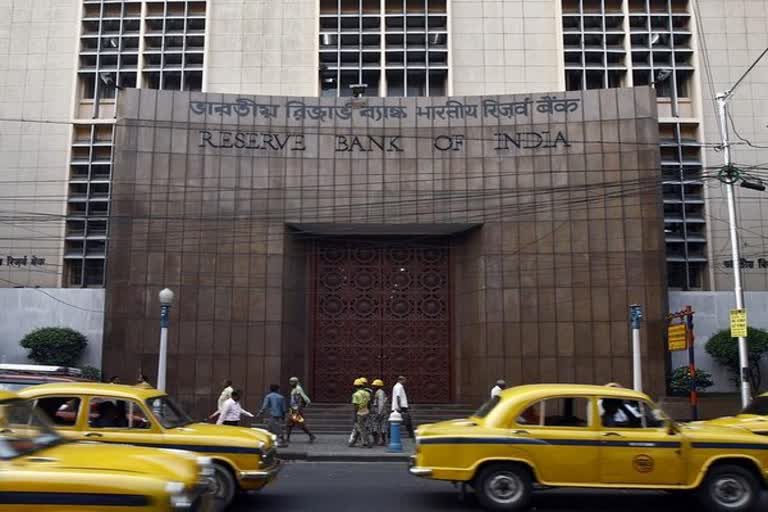New Delhi: The RBI's Flexible inflation targeting framework will be reviewed only after March 2021, its Executive Director Micheal Patra has told analysts.
Flexible inflation targeting is a monetary policy strategy used by the Central bank to maintain the price level within a certain range. This strategy indicates the importance of price stability as the prime factor of monetary policy.
Inflation targeting is known to bring more stability, predictability, and transparency in deciding monetary policy. This is because of the argument that rising prices create uncertainties and adversely affect savings and investments.
A pact was signed by then Finance Secretary Rajiv Mehrishi and then RBI Governor Raghuram Rajan, saying the primary target of monetary policy would be to achieve price stability, while keeping in mind the growth objective.
The inflation range has been modified from time to time under the flexible inflation policy. Under this policy, India adopted a flexible inflation targeting mandate of 4 (+/-2) per cent and headline consumer price inflation was chosen as the nominal anchor.
Read more:GST rates may go up for various items to meet revenue shortfall
Flexible inflation targeting was followed in 2015. The framework made RBI more accountable to explain to the government if it fails to meet the inflation targets. The flip side of this is such targets will restrain RBI from taking any aggressive or accommodating monetary policy stance. This has put India on par with other nations in terms of flexible inflation targeting.
"If you see those RBI projections, then nominal GDP growth falling below the interest rate and government borrowings is likely to be a one-quarter phenomenon. And nominal GDP is projected to rise in the quarters ahead. As far as the regime is concerned, RBI has been mandated to conduct flexible inflation targeting, and this framework will be reviewed only after March 2021," Patra told analysts during a conference call (concall) post monetary policy.
